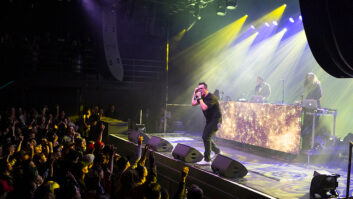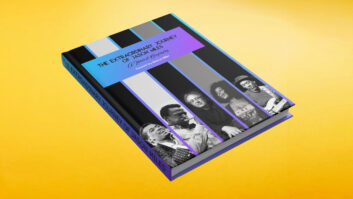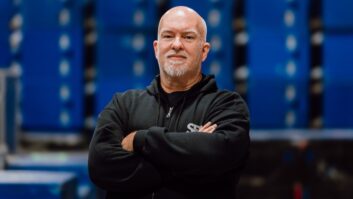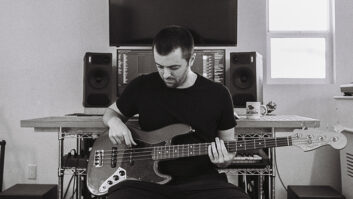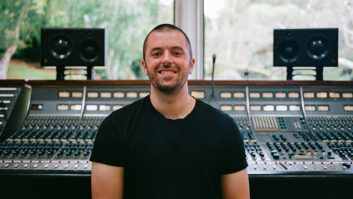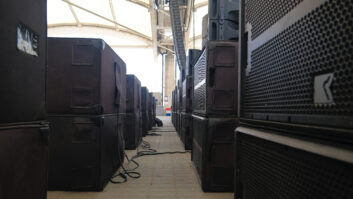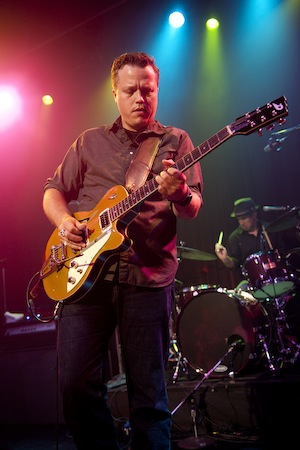
Jason isbell
Photo: Erika Goldring
Jason Isbell broke away from Drive-by Truckers several years ago to focus on his own records and his own songwriting, and his latest album, Southeastern, is his most personal-sounding effort to date. Raw and introspective, these songs are all about the singer—his voice and the brilliant stories he tells.
To shine the brightest light on Isbell’s songs, producer Dave Cobb (Shooter Jennings, Secret Sisters, Rival Sons) and engineer Mark Petaccia (Sara Evans, The Band Perry, John Carter Cash) took a personalized approach to making Southeastern, by always making vocals the top priority.
“A conventional approach is to get a great, big band sound and then try to squeeze the vocal in,” Petaccia says. “Often people start with the kick drum, or the overall drum sounds, when they go to record or mix. But we started with vocals and guitar and manipulated everything else around it.”
Many of the tracks were recorded live with Isbell’s band in the main tracking room at Cobb’s personal studio, Falling Rock, and Isbell in a booth singing into an RCA BK-5A mic, with an RCA 77 and a Neumann U 47 capturing his acoustic guitar.

“I think Jason probably thought they were scratch tracks, but we kept them all,” Cobb says. “When he’s going for it and it feels good, it changes everybody else’s dynamic, as well. As a musician, if you know those are keeper vocals coming in your headphones, then everybody’s working off of that vocal. It makes you go for a certain part or stay out at a certain part. On these songs, the whole band is feeling his vocal and reacting to it, not the other way around.”
On a couple of songs, including opening track “Cover Me Up” and the intense ballad “Elephant,” Cobb and Petaccia moved Isbell to a balcony area in the great room/kitchen of Cobb’s home (which is attached to the studio), to give the singer more room.
“We walked around the house for an hour, strumming a guitar and listening to Jason sing until we found the spot we thought sounded good,” says Petaccia, who captured the guitar and vocal tracks to Pro Tools via Cobb’s custom Inward Connections tube console and the preamps from a couple of Ampex tape machines. “We ran a couple of cables from the studio, put up a pair of Coles ribbon microphones—one on vocal, one for guitar—and it was a done deal.”
“That kitchen area worked out great,” Cobb adds. “He had plenty of room to stretch out, and there’s a natural reverberation there that you can hear on the track. I think I supplemented it with a little bit of plate, but mostly it’s the reverb of the house.
“And those Coles mics ended up being pretty important on this record,” Cobb continues. “There’s something a little dangerous and soulful about them that even a lot of nice vintage mics don’t have. You can hear it when he pushes the ribbon a little bit—you get this sort of blurred sound sound that reminds me of older, classic records. Had we been using tape the whole time, it might have watered down the effect a little too much, but since we were working in digital, we got that slightly blurred picture, captured in hi-fi. I guess using ribbon mics is sort of like using Instagram on a picture.”
